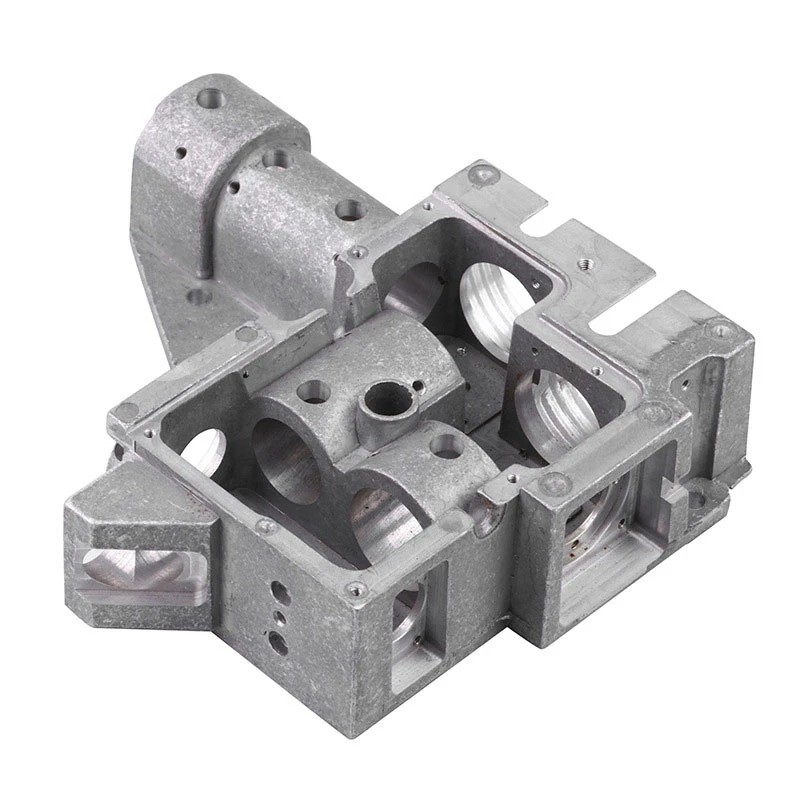Understanding the Sand Casting Technique for Metal Fabrication and Design
Understanding the Sand Casting Process
Sand casting, one of the oldest and most versatile metal forming processes, has played a significant role in manufacturing for centuries. This process involves creating a mold from sand and then introducing molten metal into that mold to form a desired shape. Its simplicity, low cost, and ability to produce intricate designs make sand casting a popular choice among manufacturers.
The Basics of Sand Casting
The sand casting process begins with the creation of a pattern, which is a replica of the object to be cast. This pattern is typically made from wood, metal, or plastic and is designed to be slightly larger than the final product to accommodate the shrinkage of the metal as it cools. Once the pattern is ready, it is embedded in a mixture of sand and a binding agent, such as clay, to form a mold.
After the mold is prepared, the pattern is removed, leaving a cavity that corresponds to the shape of the desired part. The mold is then assembled, usually in two halves, ensuring that it can support the weight of the molten metal. Incorporating features such as vents and gates allows for the escape of gases and the proper flow of metal during the pouring process.
Pouring the Metal
Once the mold is ready, it is heated and checked for any defects or inconsistencies. The next step involves melting the chosen metal, which is often aluminum, iron, or bronze, using a furnace. The molten metal is poured into the mold through a pouring basin and is allowed to flow into the cavity, filling it completely.
Temperature control during this stage is critical, as different metals have varying melting points and viscosities. The pouring must be done carefully to avoid trapping air bubbles, which can lead to defects in the final product.
sand casting process

Cooling and Finishing
After the molten metal has filled the mold, it is allowed to cool and solidify. The cooling time depends on the thickness of the casting and the type of metal used. Once the metal has completely solidified, the mold is broken apart to reveal the casting. This is often done in a controlled manner to prevent damage to the part.
The newly formed casting will typically exhibit rough surfaces and excess material, known as flash, along the edges. Therefore, the next steps involve cleaning, grinding, and machining the part to achieve the desired finish and dimensional accuracy. Additional processes such as heat treatment may also be employed to improve the mechanical properties of the casting.
Applications of Sand Casting
Sand casting finds its applications across various industries due to its flexibility in handling different metal types and complex designs. It is commonly used in the automotive industry for casting engine blocks, cylinder heads, and various other components. Moreover, the aerospace sector employs sand casting to produce lightweight and durable parts for aircraft.
Other sectors that benefit from sand casting include the agricultural, marine, and construction industries, where components like pumps, valves, and housings are frequently cast. The ability to create one-off prototypes or large production runs makes sand casting invaluable for both small companies and larger manufacturers.
Conclusion
In conclusion, the sand casting process is a time-tested method for producing a wide array of metal components. Its accessibility in terms of materials and the ability to create complex geometries contribute significantly to its ongoing popularity. As industries continue to evolve, innovations in sand casting techniques and materials will likely enhance its use in precision manufacturing, ensuring that this process remains a cornerstone of metal fabrication for years to come.
-
OEM Sand Cast Pump Valve Fittings - Baoding Hairun | Precision Engineering, CustomizableNewsJul.30,2025
-
OEM Sand Cast Pump Valve Fittings - Baoding Hairun Machinery And Equipment Trading Co., Ltd.NewsJul.30,2025
-
OEM Sand Cast Pump Valve Fittings - Baoding Hairun Machinery And Equipment Trading Co., Ltd.NewsJul.30,2025
-
OEM Sand Cast Pump Valve Fittings - Baoding Hairun Machinery|Precision Engineering&Fluid ControlNewsJul.30,2025
-
OEM Sand Cast Pump Valve Fittings - Baoding Hairun Machinery And Equipment Trading Co., Ltd.NewsJul.30,2025
-
OEM Sand Cast Pump Valve Fittings-Baoding Hairun Machinery And Equipment Trading Co., Ltd.NewsJul.30,2025















